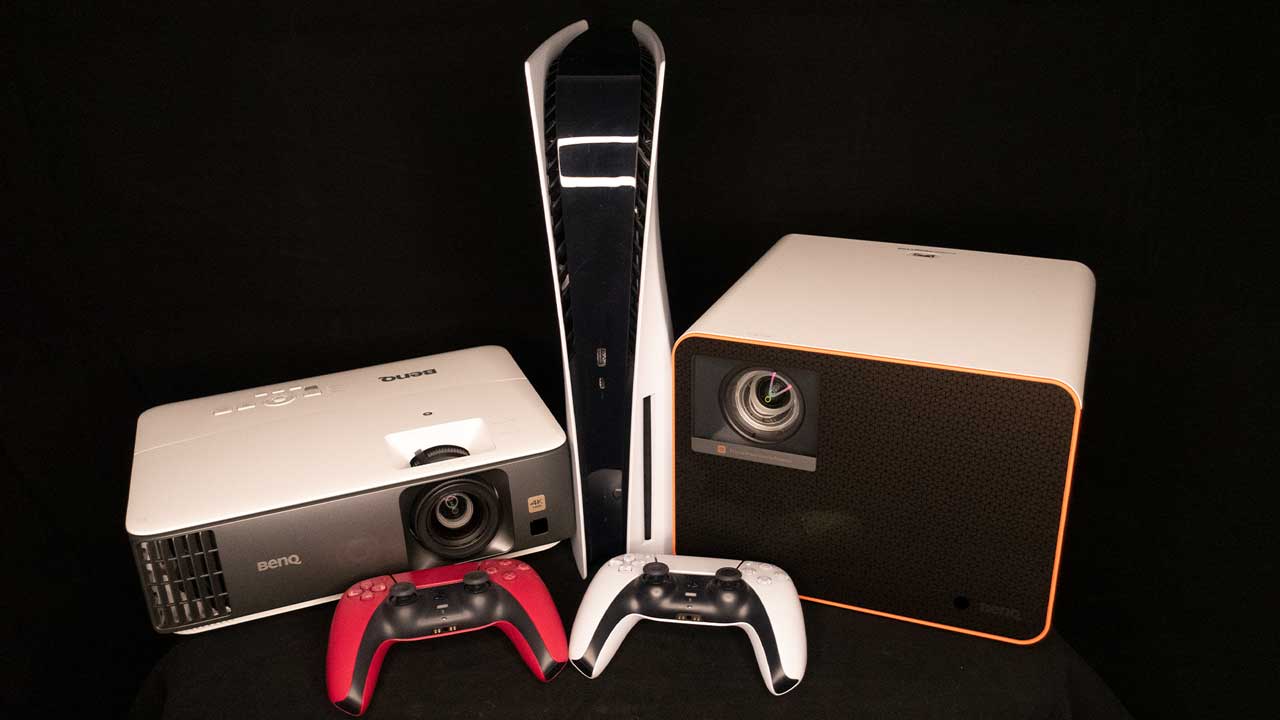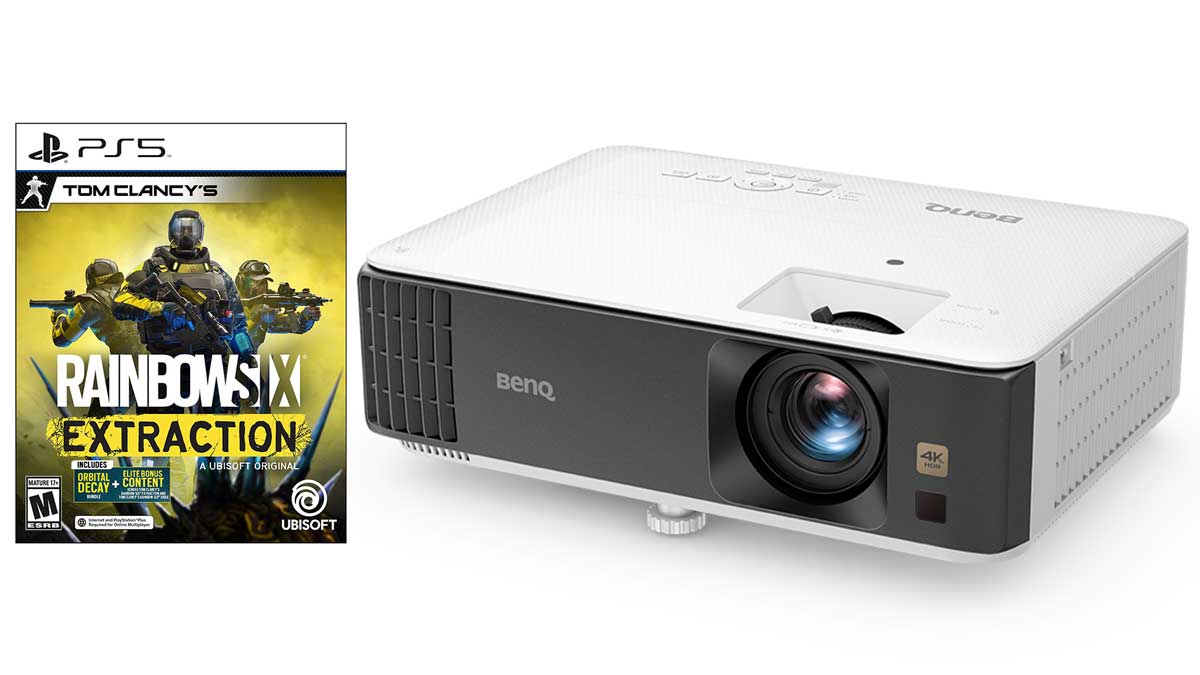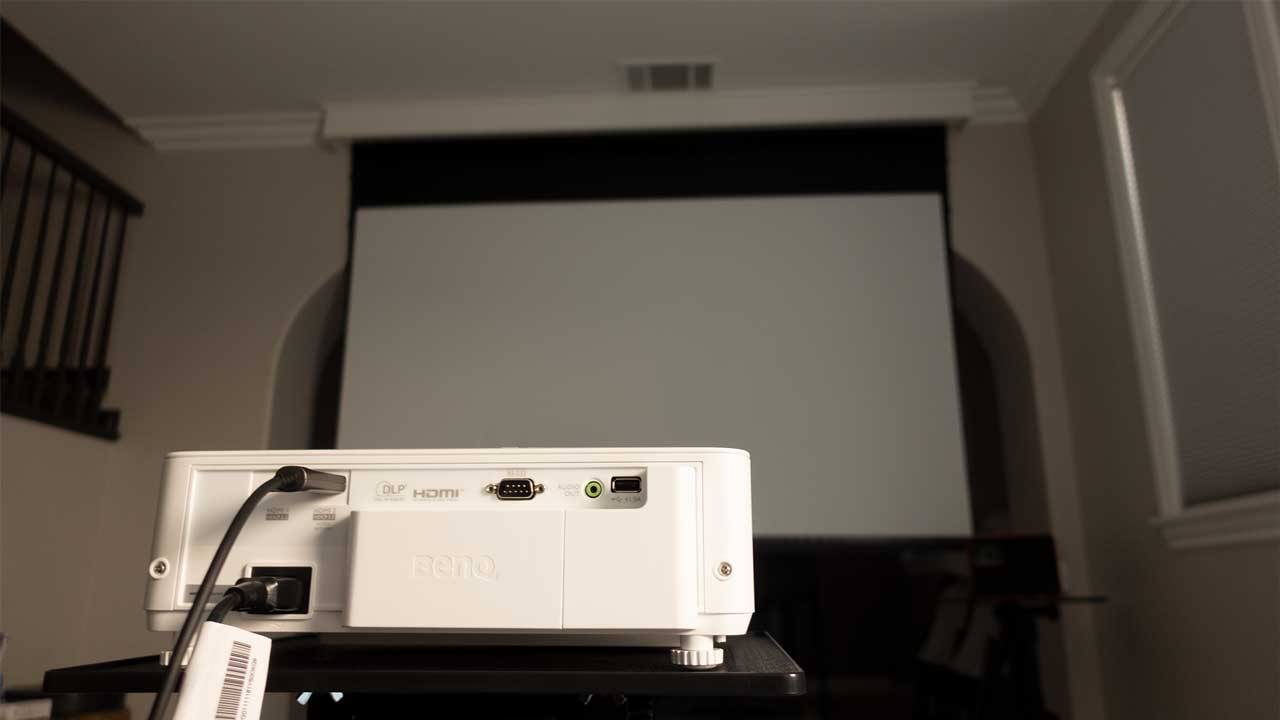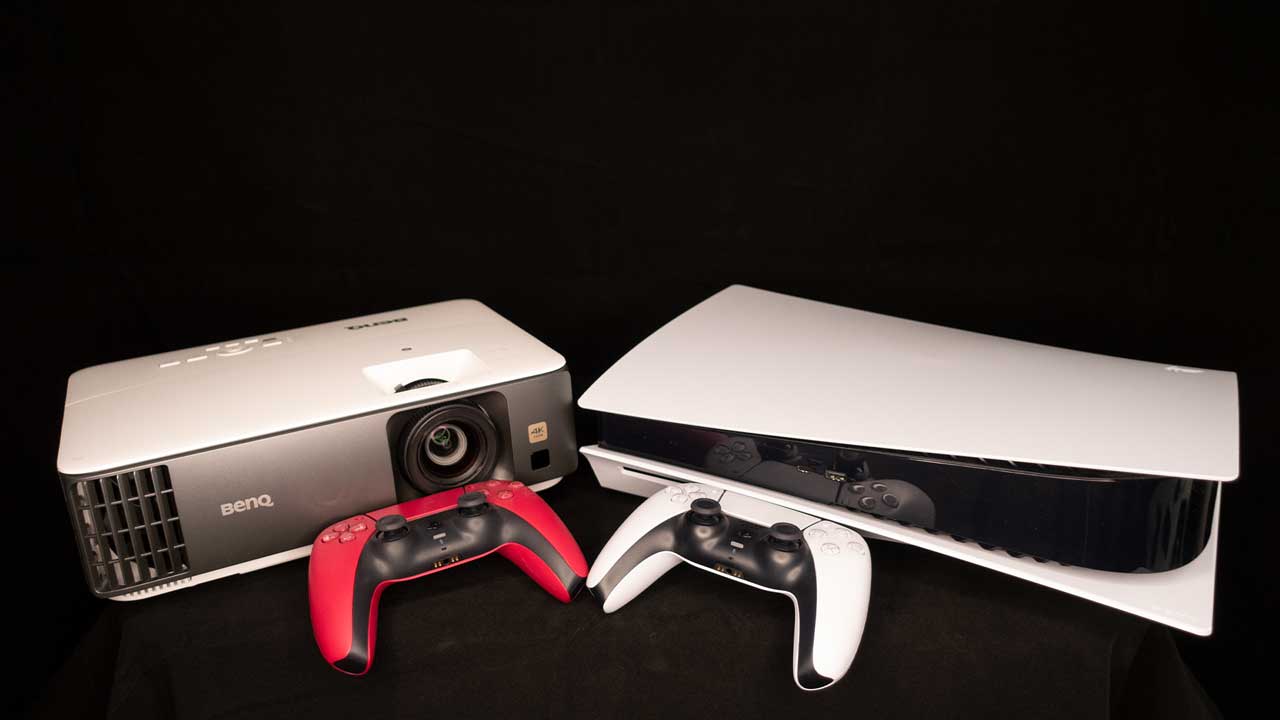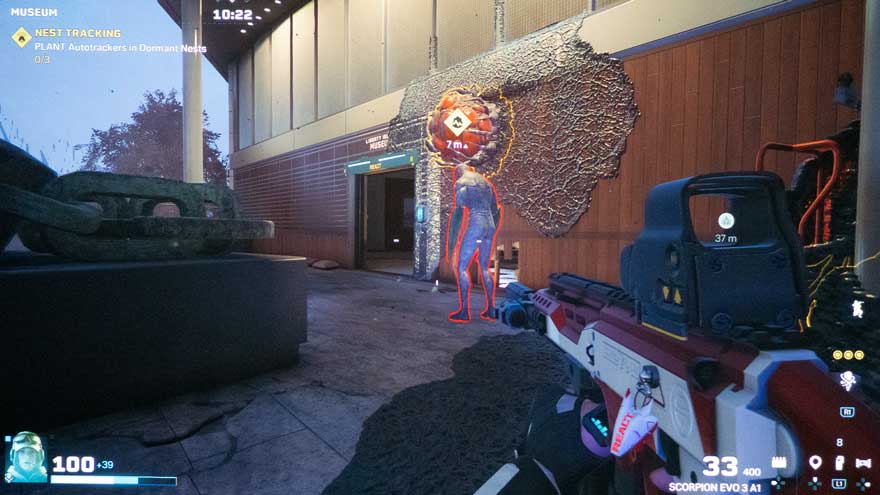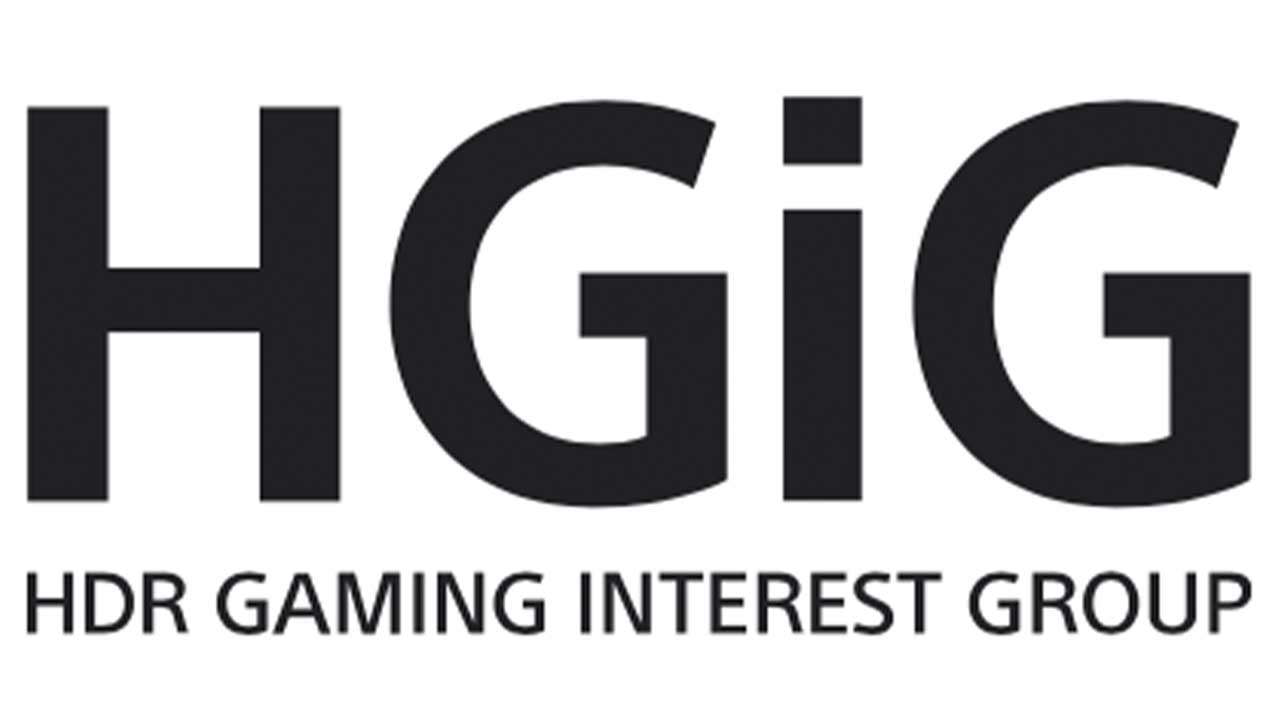Epson Brightlink Pro 1410Wi Control Panel
Assuming you've set up the 1410Wi on a table (right side up), you'll find the control panel on the top, at the back (furthest from your wall).
The control panel is pretty standard, and very Epson style. As you can see here, there's a Power button (Press once for on, twice for off), A Source Search button, and then comes all the usual navigation: The Mneu button off and above, near the Source Search, the four navigation arrow keys are in a diamond configuration, with an Enter button in the middle. Moving from the Menu button past the Up arrow button, you'll find the Esc button which navigates you back up one menu level at a time.
There's also Epson's interactive Help which is handy and can solve some simple problems directly. Epson's had that for about a decade on their projectors, I just wish they'd expand the number of topics that can be handled interactively with the Help. Still, they've got more Help available than the competition, which is usually to say no interactive help on almost any other projectors out there.
The four navigation arrow keys have a dual life. When you aren't in the menus, the up and down arrows offer you up and down keystone correction, while left and right arrow control digital zoom. Interestingly, the Epson will take you to image shift screen, for further adjustment if desired. (The remote control will also work the Wide/Tele digital zoom, for those of you with the projector mounted out of reach!
Just beyond the control panel is the lens, and the interactive sensor. The lens is encased inside and not accessible to the user. The sensor that is used for interaction is more exposed, since it is not part of encased lens area.
Epson 1410Wi Interface: Inputs and Outputs
Talk about loaded! The projector itself is dripping in inputs and outputs, plus the Control Box adds to the overall capability. Let's start by looking at what the Brightlink Pro 1410Wi itself offers:
The photo is "flipped" you are looking at the input panel as if the projector has been mounted above the wall surface - that is, inverted. That's easier, because Epson labeled everything based on that assumption. When Tony reviewed the 485Wi I gave him a hard time because interface labels were all upside down in the image, because he shot them from a "table top perspective."
Since there are so many jacks and interfaces, there's no easy way to do "from left to right" so let's talk first about source inputs and outputs.
This Epson offers:
1 HDMI input and 1 Display Port input (supports HDMI)
1 Computer (analog) (HD15) Input and 1 Computer Monitor Out
1 Composite video (RCA jack)
1 USB-A for the Control Pad, and 1 for a Document Camera
There's also on USB-B which can be used for the Control Pad, or with a Computer
When it comes to audio there's stereo audio inputs for the computer and video ports, plus, of course HDMI and I believe Display Port, carry their own sound channels. There's one additional configurable audio source input. There's a bit more...
There's networking. A standard ethernet RJ45 jack is there for hardwiring to you local network, but nearby the interface panel is a jack for the optional wifi module as well. Adding the low cost module adds a number of additional capabilities, such as cable free computer presenting, and wireless interfacing of mobile devices! The wireless network module is a small affair using a USB connector that you just plug in and leave it there. Simple.
Bored yet? Getting there? Good, that about covers inputs and outputs, other than the power recepticle nearby and a Kensington lock.
That means it's time to look at the Control Pad with the extra interfacing it brings to the party! Shown below with the top cover off to show the cable coming from the DisplayPort on the projector. There are USB and HDMI connectors to the sides. The small door (open) at the bottom reveals a USB-A slot which in this picture has a USB thumb drive in it, sticking up.
Six buttons provide capabilities. There's the Power, the Whiteboard button and a Source Search (for the rest) on the top row. The second row has the magic: The buttons to Capture, Save, or Print whatever's on the projected image.
Below you can see the HDMI and DisplayPort inputs with the cover (which serves as a cable cover) removed. At the bottom, (top of picture) the small hinged door reveals the USB port. In this case I was saving captured annotated images on the thumbdrive.
The bottom of the 1410Wi has adjustable feet for placing on a table. On the other hand, should you be wall mounting, you'll also find the necessary holes for the wall mount to attach to.
The bottom of the 1410Wi has adjustable feet for placing on a table. On the other hand, should you be wall mounting, you'll also find the necessary holes for the wall mount to attach to.
Filters are located on the side, a door springs open to allow a quick cleaning or on occasion, when the projector tells you, replacement of the long life filters. The Epson will provide a message when they need cleaning or replacement. If you look to the lower right of the right filter, you can see a small white rectangle on black. That's the sliding focus knob. It's all the way down at minimum focus, as I forced this Epson to fit a very small white board



